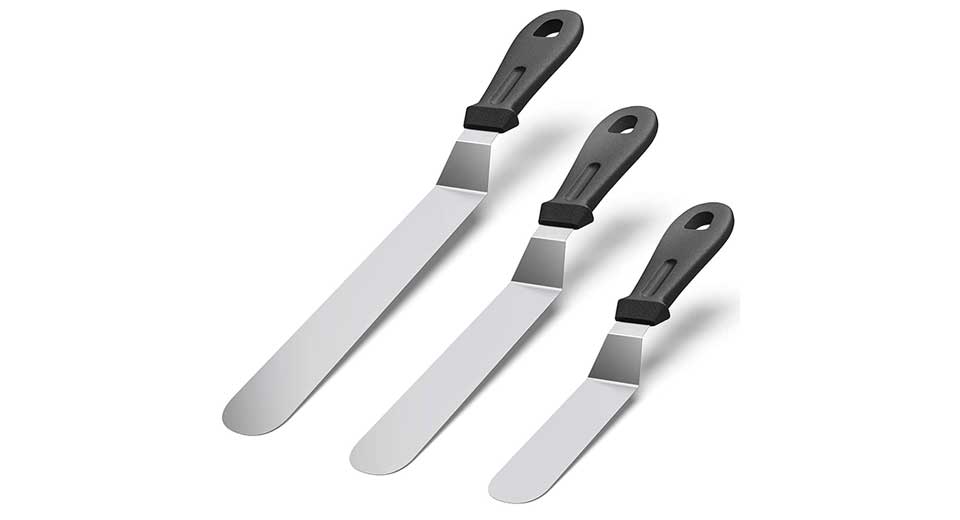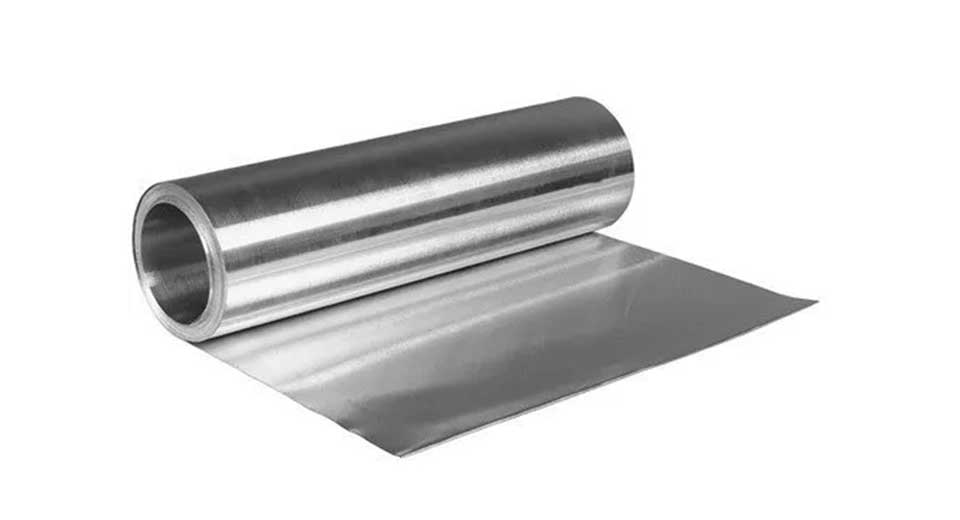A dough scraper is one of the most versatile tools in any baker’s arsenal. Whether you’re kneading dough, cutting portions, or cleaning your work surface, the dough scraper makes your baking process more efficient and enjoyable. In this guide, we’ll explore the many uses of a dough scraper, its different types, and why it’s an essential tool for home bakers and professionals alike.
What is a Dough Scraper?
A dough scraper, also known as a bench scraper or pastry scraper, is a flat, rectangular tool with a handle on one edge. It’s typically made of stainless steel or plastic, with the blade being slightly flexible. While it’s primarily used to scrape and divide dough, it can also help with a variety of kitchen tasks.
Its straightforward design allows bakers to work with sticky dough, maintain a clean workspace, and achieve consistent results when portioning dough for bread, rolls, and other baked goods.
How Does a Dough Scraper Work?
The flat blade of a dough scraper makes it easy to lift, cut, and move dough without sticking. The handle gives you a firm grip while the blade can glide along your work surface, cutting or scraping without damaging the surface or the dough.
Key Features of a Dough Scraper
When choosing a dough scraper, you’ll want to consider several key features to make sure you pick the right one for your needs:
1. Stainless Steel Blade
A stainless steel blade is durable, easy to clean, and works well for cutting and scraping sticky dough. Its rigid structure helps with portioning and transferring dough.
2. Comfortable Handle
Look for a dough scraper with an ergonomic handle that’s easy to grip. Whether it’s plastic, wood, or rubber, a comfortable handle is essential, especially when working with large batches of dough.
3. Measurement Markings
Some dough scrapers come with measurement markings etched into the blade. This feature is helpful for bakers who want to measure and divide dough accurately.
4. Flexible or Rigid Blade
Depending on the task, you might prefer a more flexible blade for curved surfaces or a rigid blade for cutting and scraping. Both have their uses, but a slightly flexible stainless steel blade is the most versatile.
Best Uses for a Dough Scraper in Baking
A dough scraper is more than just a tool for scraping up dough. It offers a wide range of uses in baking, helping you with everything from cleaning to portioning. Here are some of the best ways to use your dough scraper:
1. Dividing Dough
One of the primary uses of a dough scraper is for dividing dough into equal portions. Whether you’re making bread, rolls, or pizza, the dough scraper helps you quickly and cleanly cut the dough.
2. Transferring Dough
After kneading or shaping, it can be difficult to pick up sticky or soft dough. The dough scraper acts as a lifter, allowing you to move the dough without deflating it or sticking to your hands.
3. Cleaning the Work Surface
Flour and dough remnants can build up on your work surface during baking. A dough scraper makes cleaning easy by scraping off any excess flour, dough, or crumbs, leaving your surface spotless for the next task.
4. Shaping and Folding Dough
When working with soft or sticky dough, the dough scraper helps you fold and shape it without adding too much extra flour. This is especially useful for doughs like sourdough or ciabatta.
5. Cutting Pastry or Fondant
The sharp edge of a dough scraper is perfect for cutting pastry dough, fondant, or even cookie dough. You can easily cut straight lines and transfer delicate doughs to baking sheets.
6. Smoothing and Leveling
A dough scraper can also be used for smoothing surfaces like the tops of cakes or leveling batter in pans.
Types of Dough Scrapers
There are different types of dough scrapers, each designed for specific tasks. Here’s a breakdown of the most common types:
1. Stainless Steel Dough Scraper
The stainless steel dough scraper is the most common type. Its sharp, rigid blade makes it perfect for cutting dough, scraping surfaces, and dividing portions. It’s durable and easy to clean, making it a go-to tool for many bakers.
2. Plastic Dough Scraper
A plastic dough scraper is lightweight and slightly more flexible than a stainless steel one. It’s great for scraping bowls and softer doughs but may not be as effective for cutting.
3. Silicone Dough Scraper
A silicone dough scraper has a flexible, non-stick surface, making it ideal for scraping bowls and curved surfaces. It’s gentler than metal and works well for softer doughs and batters.
How to Choose a Right Dough Scraper for Baking
When selecting a dough scraper, consider what type of baking you do most often. If you frequently work with bread dough, a stainless steel scraper is your best bet for its cutting and portioning abilities. If you need a tool for scraping bowls or spreading batters, a plastic or silicone scraper might be a better fit.
Tips for Using a Dough Scraper
Maximize the effectiveness of your dough scraper by keeping these tips in mind:
- Keep it clean: Wipe your scraper clean after each use to prevent dough from sticking to the blade.
- Use the scraper to fold dough: If your dough is too sticky to handle, use the scraper to fold and shape it during kneading.
- Measure with the blade: Use the measurement markings (if available) to divide dough into even portions.
- Apply light pressure: When scraping your work surface, use gentle pressure to avoid scratching or damaging the surface.
How to Care for Your Dough Scraper
Taking proper care of your dough scraper will extend its lifespan and keep it functioning at its best:
- Hand wash: Most dough scrapers are dishwasher-safe, but hand washing is recommended to keep them in top condition, especially those with wooden handles.
- Dry thoroughly: Be sure to dry your scraper completely after washing to prevent rust or corrosion, especially with stainless steel blades.
- Store properly: Keep your dough scraper in a dry, safe place where the blade won’t get damaged.
Final Thoughts: Why Every Baker Needs a Dough Scraper
A dough scraper is an incredibly versatile tool that can simplify many baking tasks. From portioning dough to cleaning up your workspace, this simple yet effective tool is a must-have for bakers of all skill levels. Invest in a high-quality dough scraper, and you’ll find yourself reaching for it time and time again during your baking sessions.
FAQs About Dough Scrapers
1. What is a dough scraper used for?
A dough scraper is primarily used to scrape, cut, and divide dough, but it’s also useful for cleaning work surfaces and shaping soft dough.
2. Can you use a dough scraper to cut dough?
Yes, a dough scraper is perfect for cutting dough into portions, especially bread or pastry dough.
3. What’s the difference between a metal and plastic dough scraper?
A metal dough scraper is more rigid and better suited for cutting and scraping, while a plastic scraper is more flexible and ideal for scraping bowls or soft dough.
4. Do I need a dough scraper to bake bread?
While not absolutely necessary, a dough scraper makes baking bread much easier by helping you handle sticky dough and divide it into even portions.
5. How do I clean a dough scraper?
Most dough scrapers are easy to clean by hand with warm, soapy water. Be sure to dry them thoroughly after washing to prevent rust.




